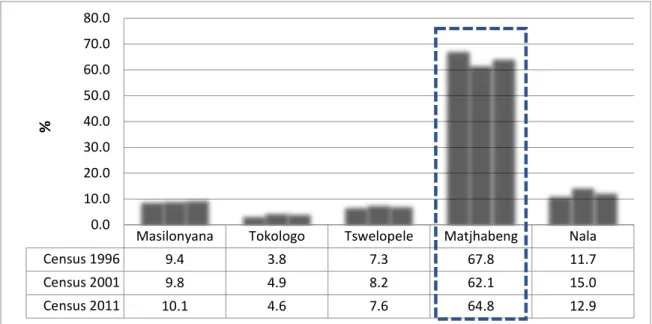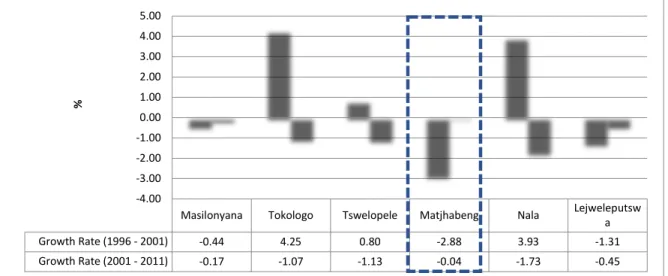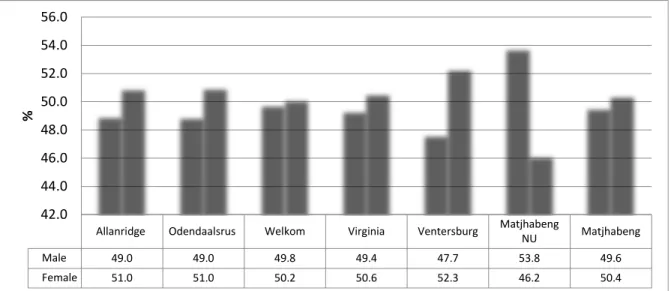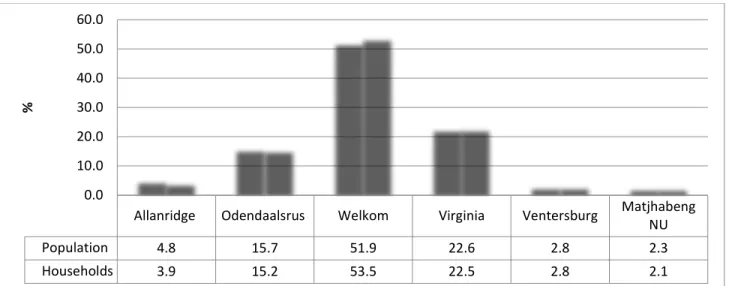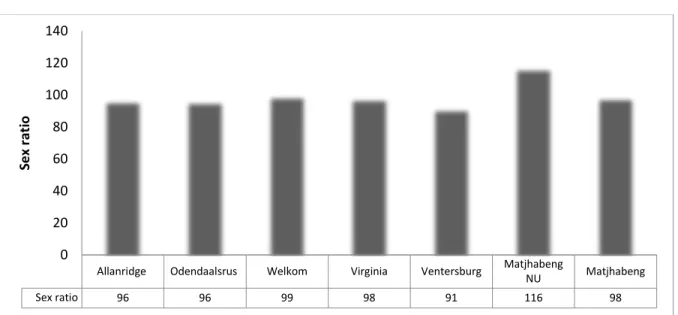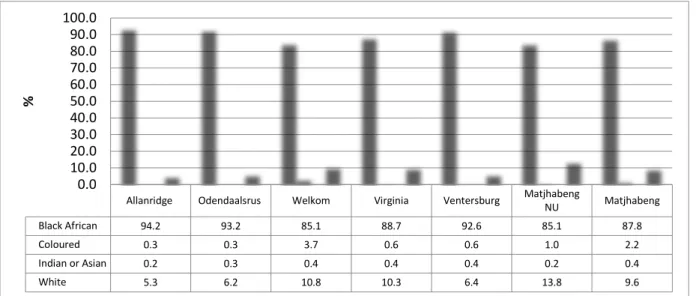Similarly, the needs and priorities of communities within the Matjhabeng Municipal Area vary from year to year. The municipality monitors the implementation of its SDBIP and the performance of its senior managers through the performance management system. Chapter 10, section 195(1) of the Constitution of the Republic of South Africa outlines the basic values and principles that govern public administration.
For this purpose, the National Treasury established minimum powers for municipal officials, accounting officers, chief financial officers, senior managers, other financial officers and supply chain management managers, in accordance with Article 168 of the Municipal Finance Management Law . In terms of the law, municipalities must ensure that objectives and performance indicators are defined for municipal units under their control and that these are part of their multi-year business planning and budgeting, in accordance with the MFMA. Local Government: Municipal Performance Planning and Management Regulations (2001) aims to improve the implementation of performance management obligations imposed by legislation and to cultivate uniformity in the implementation of performance management within the local government sphere.
In addition to the Local Government: Municipal Planning and Performance Management Regulations (2001), the Local Government: Municipal Performance Regulations for Municipal Managers and Managers Directly Accountable to Municipal Managers (2006) was promulgated to regulate the performance management of municipal managers and managers directly accountable to municipal managers . The effective implementation of the IDP can only be achieved if the government across all spheres is committed to the common goal of delivering quality services; therefore the Intergovernmental Relations Act seeks to improve alignment between the spheres of government.
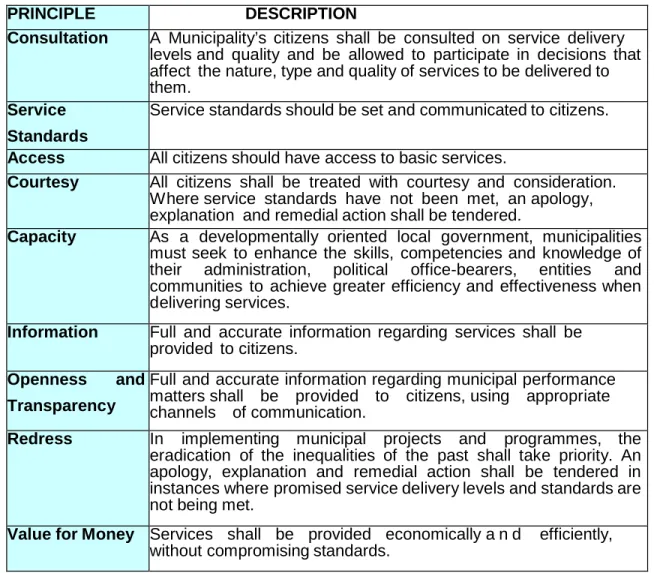
- State of the Nation Address (SONA)
- National Development Plan, Vision 2030
- Government Outcomes
- National Spatial Development Perspective (NSDP)
- Local Government Back to Basics Strategy
The plan presents a long-term strategy to increase employment through faster economic growth, improving the quality of education, skills development and innovation, and building the state's ability to play a developmental and transformative role. Each of the outcomes is implemented through a delivery agreement that cuts across the three spheres of government. Achieving the results depends on the concerted efforts of all key stakeholders and spheres of government.
The goal of the National Spatial Development Perspective (NSDP) is to promote informed profiling of economic investments to guide the planning of regional growth and development in the socio-economic framework. The Back to Basics strategy is a national initiative aimed at ensuring that municipalities fulfill their fundamental tasks of providing basic services to local communities, as stated in Chapter 7 of the Constitution. The municipality has made significant progress in infusing and integrating the strategic directions of important programs.
There is also a plan in collaboration with the Department of Trade and Industry of Free State Invest SA One Stop Shop. The government will continue to support MACUFE as the province's premier tourist attraction strategy. The tourism strategy will also include the Free State Madeira Flower festival, Ficksburg Cherry Festival and Food Festival.
The Municipal Revitalization Program remains the province's flagship program and will continue to be implemented in 22 Free State towns. The Free State Provincial Government has developed the Free State Provincial Growth and Development Strategy (PGDS) Free Sate Vision 2030. The Free State Growth and Development Strategy plays an important role in shaping the municipality's IDP.
A sustainable future for the Free State rests on a people-centred development to achieve five related goals. Matjhabeng Local Municipality (MLM) is a category B Municipality established in terms of Section 12 of the Municipal Structures Act (117 of 1998).
Lejweleputswa DM Population 2016
Population Composition
Population Groups
The data comes from the 2011 census, where in all regions, including the Matjhabeng local municipality, the proportion of the population aged between 15 and 34 years (youth) is greater than the proportion of 0-14 years (older children and (65+) elderly people. Matjhabeng Local Municipality has a low dependency ratio of 46.9%, which means that the municipality has a large proportion of the working age group (15 – 64 years).
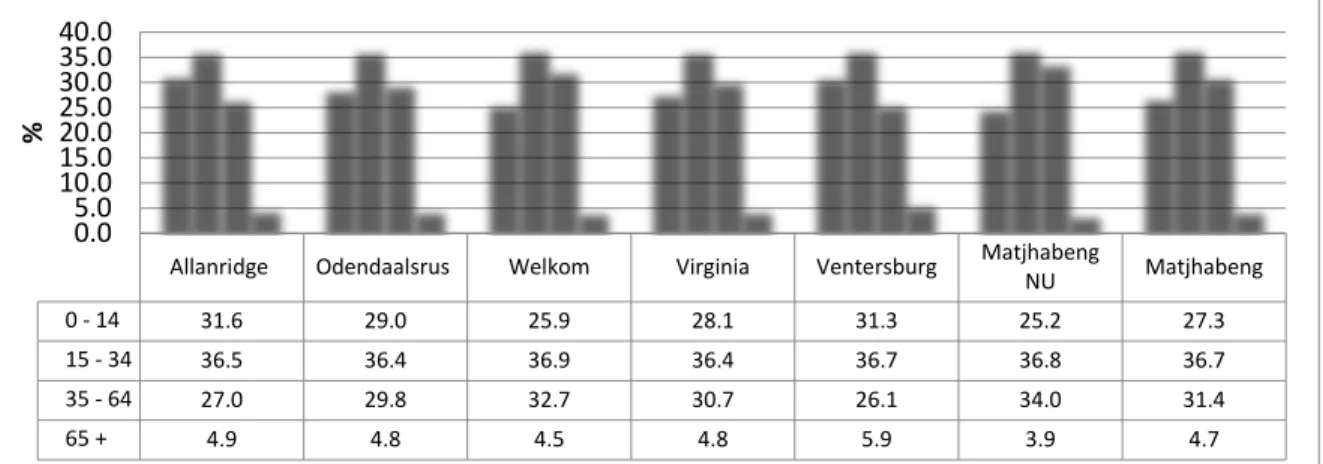
Age Structure
LABOUR MARKET
The figure above shows that the region with the highest youth unemployment rate is Ventersburg with 62.4% and the lowest was found to be Matjhabeng NU with 16.2%. The adult unemployment rate was highest in Ventersburg at 39.0%, followed by Allanridge and Odendaalsrus at 33.5% and 31.1% respectively. Figure 2.4 above shows that the highest employed population in informal sectors in Matjhabang are youth at 12.1% and the highest employed population in private households are adults aged 35-64 at 13.3%.
From the figure above, all regions have more than 50% of the population employed in the formal sector and Ventersburg has the lowest percentage with 57.8%. Allanridge has the lowest proportion of the population working in the informal sector and Ventersburg has the highest proportion of the population working in private households.

LEVELS OF EDUCATION
The municipality has a draft disaster risk management plan, which is embedded in the current local reality in the municipality. The composition of the district's economy is dominated by the primary sector with 52 percent in 2014 as shown in Figure 4.4, up from 41 percent in 2005. Sector composition is the contribution of the various sectors to the total GDP of Lejweleputswa's economy.
The 2014 sectoral composition of Lejweleputswa as revealed by figure 4.5 indicates the dominance of a few sectors in the economy of the District. When compared to the rest of the province, Lejweleputswa is the second least diversified regional economy in the Free State after Mangaung Metro. The contribution of community services sector growth decreased from 0.2 percent in 2005 to 0.1 percent in 2014, indicating a general decline in the activities of the sector.
The sustainability of the district's economy is at risk due to a continued negative growth rate in the district driven by a declining mining sector and a declining agricultural sector. According to Figure 4.8, the district's GDP-R largely follows Matjhabeng compared to the rest of the municipalities.
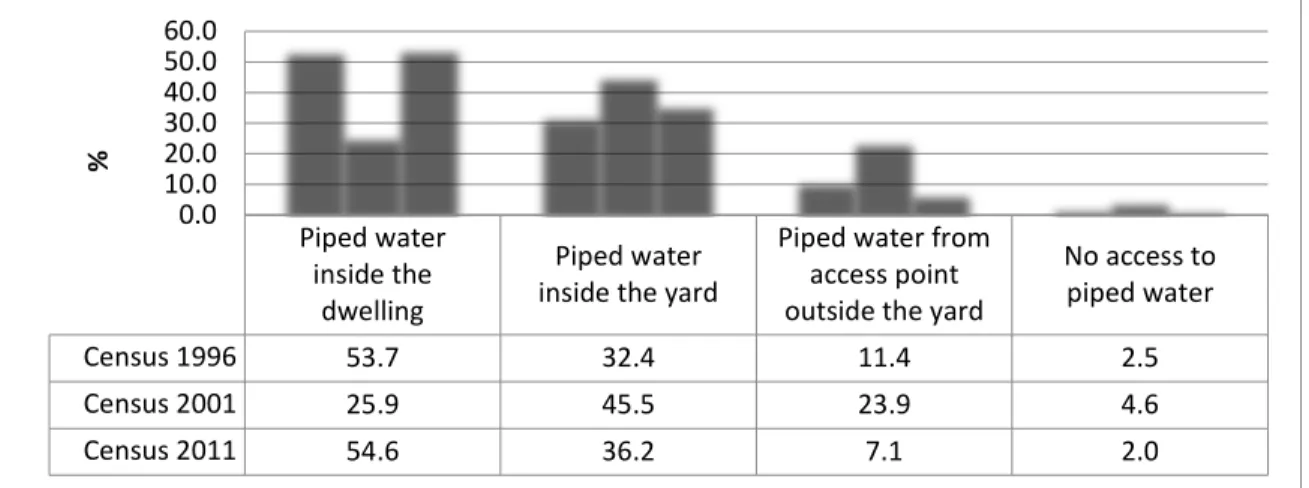
SPEAKER
CHAIRPERSON CHAIRPERSONOF
PORTFOLIO
COMMITTEES STANDING COMMITTEES
COUNCIL WHIP
WATER SERVICES INFRASTRUCTURE GRANT (WSIG) FUNDED PROJECTS ITEM
Renovation of the CČN to a functional capacity of 15Ml per day and renovation of the purified sewage system for the purpose of school irrigation.
INTEGRATED NATIONAL ELECTRIFICATION PROGRAMME GRANT (INEP) FUNDED PROJECTS ITEM
OWN FUNDED PROJECTS ITEM
- DEPARTMENT OF HUMAN SETTLEMENTS AND HOUSING ITEM
- ESKOM ITEM
2.3 Planning To ensure an efficient service and comply with road orders and SANS rules. 36.19 Planning To ensure an efficient service and comply with road orders and SANS rules. Planning To ensure an efficient service and comply with road orders and SANS rules.
28 Planning To ensure an efficient service and comply with road orders and SANS rules. 26 Planning To ensure an efficient service and comply with road orders and SANS rules. 29,31 Planning To ensure an efficient service and comply with road orders and SANS rules.
1 Planning To ensure an effective service and comply with road rules and SANS regulations. 3 Planning To ensure an effective service and comply with road regulations as well as SANS regulations. 36 Planning To ensure an effective service and comply with road regulations as well as SANS regulations.
32 Planning To ensure an efficient service and comply with road orders and SANS rules. 33 Planning To ensure an efficient service and comply with road orders and SANS rules.
HOMESTEAD 668
PORTION OF
Installation of water meters in areas without any and replacement of all non-functioning water meters. Conduct leak detection investigation and analysis to determine priority list and develop water loss monitoring database. Crack sealing of roads to prevent water seepage into the base layers and extend the life (Km).

